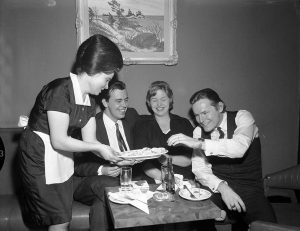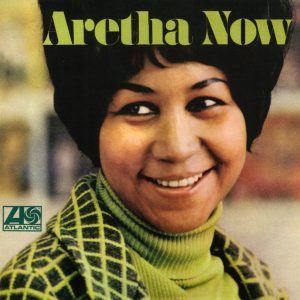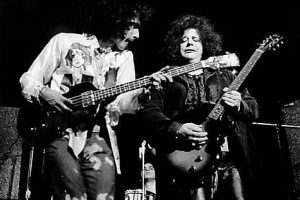The items on the Web about Smith talk about the B-3 as much as about him. The story, as told by Smith via Jazzateria, is that he started on piano and decided to switch to the organ. He bought a B 3 – which is said to be an exceedingly difficult instrument to figure out, much less play – with the “help” of a loan shark. He kept it in a warehouse where he and his dad worked as plasterers. When he was not doing that, Smith was trying to figure out how to play the instrument.
He did that for between six months and a year and, then, emerged and changed jazz. The Jazzateria bio, which was written by Pete Fallico, also quotes Smith giving credit to two great jazz organists who preceded him: Wild Bill Davis and Bill Doggett. That is followed by a fairly technical discussion of how Smith achieved his unique sound. Suffice it to say that the Hammond B-3 is a monster.
Smith is quoted as saying that his style is more modeled after horn players than pianists. Mark Deming at AllMusic characterizes his tone as “rich and grooving.”
Above is “The Sermon” and below is “The Jumpin’ Blues,” featuring Kenny Burrell, Stanley Turrentine and Grady Tate.
Wikipedia, AllMusic and Jazzateria were used to write this post.










Add Comment